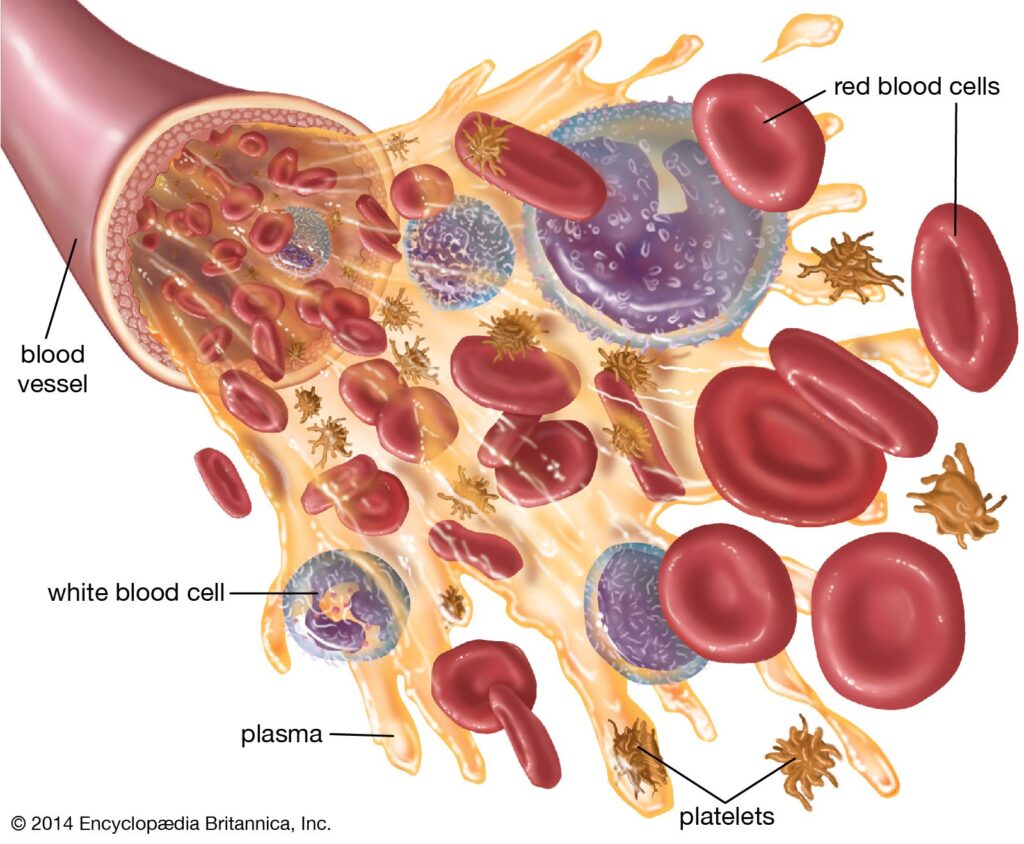The human body is an extraordinary machine designed with intricate defense mechanisms to protect itself from pathogens such as bacteria, viruses, fungi, and parasites. At the heart of this defense system are white blood cells, also known as leukocytes. These cells act as vigilant soldiers, constantly patrolling the body, identifying threats, and neutralizing them before they can cause serious harm.
Understanding how white blood cells work not only provides insight into our immune system but also explains why antibiotics like ceftriaxone and trusted ceftriaxone injection supplier networks play a supportive role in healthcare when the body’s natural defense requires assistance.
The Role of White Blood Cells in Immunity
White blood cells are a crucial component of the immune system. Unlike red blood cells, which primarily carry oxygen, WBCs are tasked with protecting the body from infections.
There are five major types of white blood cells, each with a specialized role
- Neutrophils The most abundant WBCs, responsible for quickly attacking bacteria and fungi through processes like phagocytosis.
- Lymphocytes Including B cells and T cells, which handle targeted immune responses, such as producing antibodies or directly destroying infected cells.
- Monocytes Large cells that differentiate into macrophages and dendritic cells, which digest pathogens and present antigens to other immune cells.
- Eosinophils Specialized in combating parasitic infections and involved in allergic reactions.
- Basophils Play a role in allergic responses and release histamine during inflammatory reactions.
How White Blood Cells Detect Invaders
White blood cells are equipped with receptors that recognize molecules unique to pathogens, called antigens. When a pathogen enters the body, WBCs detect these antigens and trigger a cascade of immune responses.
For example:
- Neutrophils and macrophages recognize general pathogen associated molecular patterns (PAMPs).
- B cells recognize specific antigens and produce antibodies.
- T cells recognize infected host cells by detecting abnormal protein fragments on their surfaces.
This recognition system ensures that WBCs can distinguish between “self” and “non-self” cells, targeting invaders without damaging healthy tissues.
Mechanisms White Blood Cells Use to Fight Infections
White blood cells employ several sophisticated mechanisms to neutralize pathogens:
1. Phagocytosis
Neutrophils and macrophages engulf invading microorganisms, digest them using enzymes, and clear them from circulation. This is the frontline defense against bacterial infections.
2. Antibody Production
B lymphocytes (B cells) produce antibodies specific to pathogens. These antibodies neutralize toxins, block viral entry into cells, and mark invaders for destruction by other immune cells.
3. Cytotoxic Responses
Cytotoxic T cells directly destroy infected cells by releasing perforins and granzymes that trigger apoptosis (programmed cell death) in the infected cell.
4. Inflammatory Response
Basophils and mast cells release histamine, which increases blood flow and brings more immune cells to the site of infection. This is why infected or injured tissue often becomes red, swollen, and warm.
5. Complement System Activation
Although technically not WBCs, immune cells activate proteins in the complement system to punch holes in pathogen membranes and enhance phagocytosis.
Coordination and Memory in Immunity
One of the most effective aspects of WBCs is their ability to coordinate responses. For instance, macrophages not only destroy invaders but also present antigens to T cells, initiating a stronger adaptive immune response.
Moreover, memory B cells and memory T cells ensure long-term protection. Once the body has fought off a specific pathogen, these cells remember it, enabling the immune system to respond faster and more effectively if the same pathogen invades again.
White Blood Cells vs. Bacterial Infections
Bacterial infections can overwhelm the immune system if pathogens multiply rapidly. Neutrophils act quickly, but in severe cases, additional support is required. This is where antibiotics like ceftriaxone come into play.
Ceftriaxone, a broad-spectrum cephalosporin antibiotic, works by inhibiting bacterial cell wall synthesis, ultimately killing the bacteria. Hospitals and clinics often rely on a dependable ceftriaxone injection supplier to ensure the availability of this life-saving medication. However, antibiotics do not replace the immune system; rather, they provide crucial assistance when the body’s natural defenses struggle to contain infections.
White Blood Cells and Viral Infections
Unlike bacteria, viruses cannot survive on their own. They hijack host cells to replicate. This makes them harder to target since killing the virus often means destroying infected host cells. Cytotoxic T cells, interferons, and natural killer (NK) cells are particularly important in viral defense.
Factors That Influence White Blood Cell Effectiveness
Several factors affect how well WBCs can fight infections
- Nutrition A diet rich in vitamins supports immune function.
- Sleep Poor sleep reduces immune efficiency.
- Stress Chronic stress weakens immunity by raising cortisol levels.
- Medical Conditions Diseases like HIV, leukemia, or autoimmune disorders impair WBC function.
- Medications Chemotherapy and immunosuppressants can reduce WBC counts.
When the Immune System Needs Help
Despite their efficiency, white blood cells can sometimes fail to control infections. This happens in cases of severe bacterial infections, sepsis, or in immunocompromised patients. Medical intervention, including antibiotics, antivirals, or antifungals, becomes essential.
The Balance Between Immunity and Medical Intervention
It is important to strike a balance between relying on natural immunity and using medical treatments. Overuse of antibiotics can lead to resistance, making infections harder to treat in the future. Therefore, physicians carefully assess when to prescribe antibiotics and when to let the immune system handle the infection.
Conclusion
White blood cells are among the most effective defense agents in the human body. Through mechanisms such as phagocytosis, antibody production, cytotoxic action, and coordination of immune responses, they protect us from constant microbial threats.

